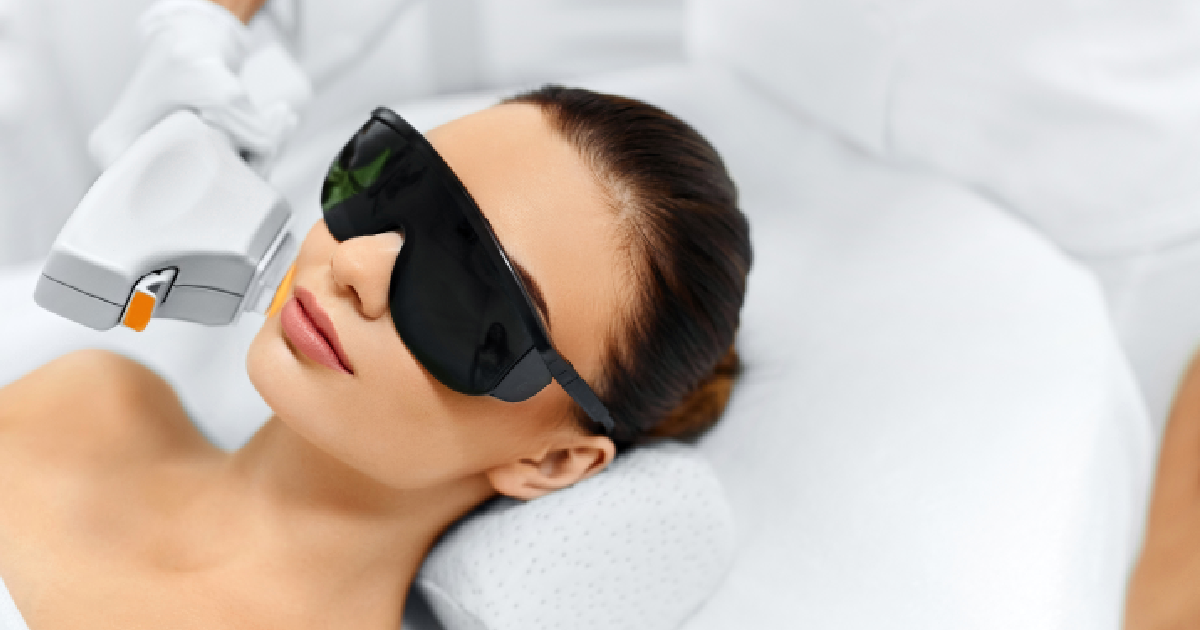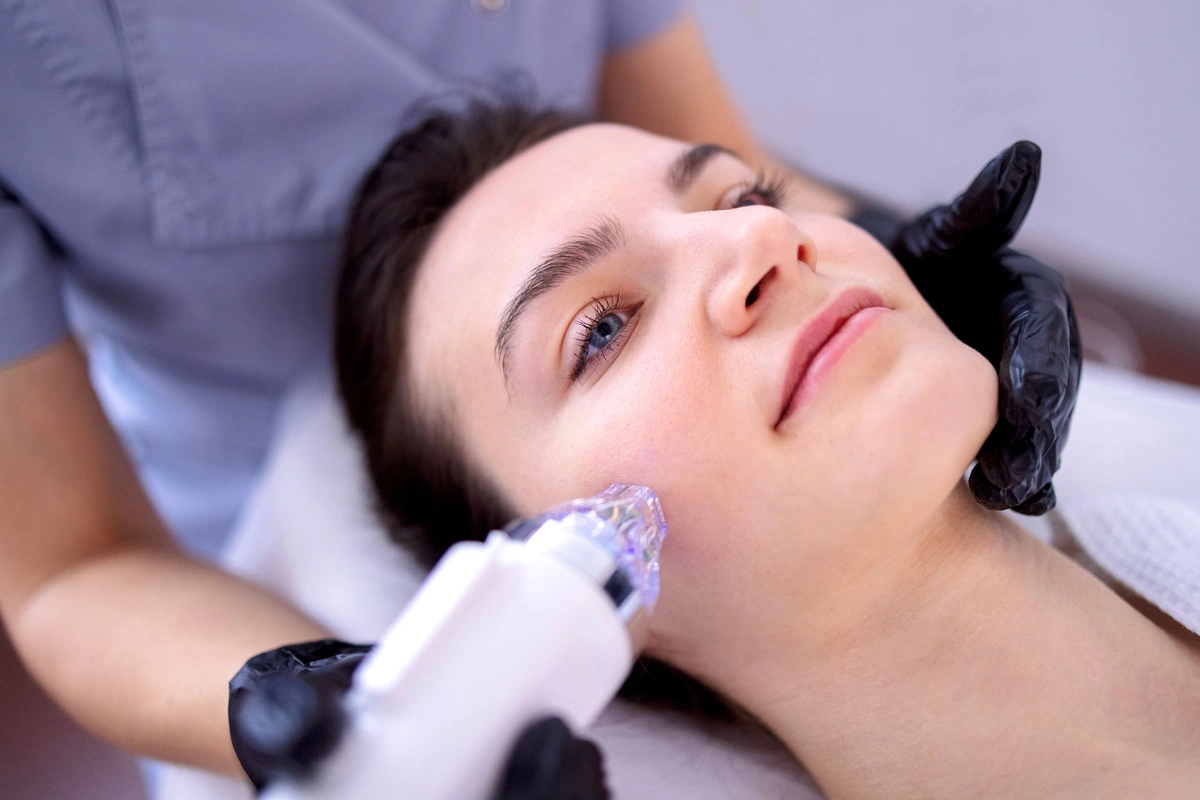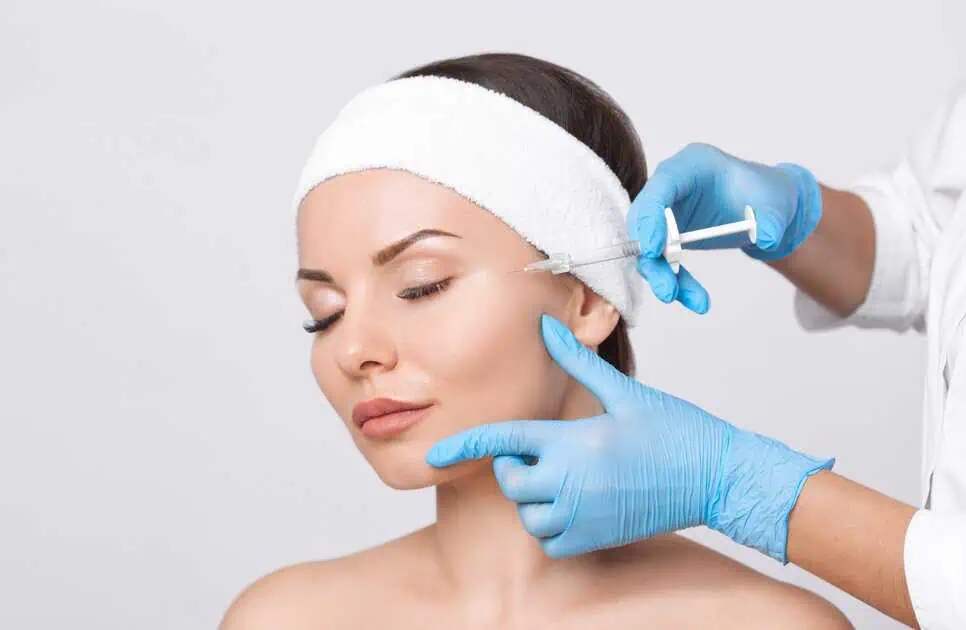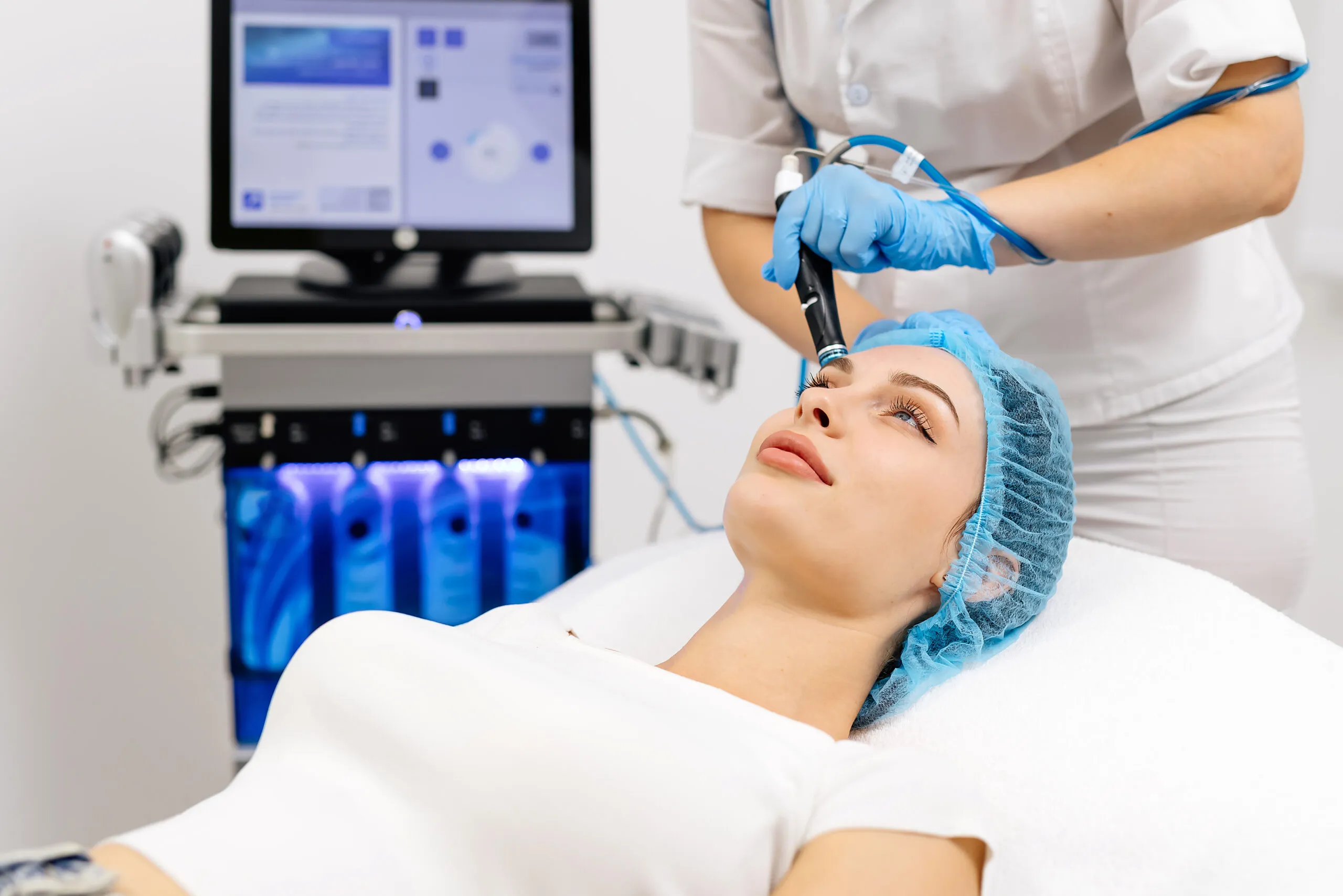Table of Contents
Botox and filler injections have become household names in the aesthetics industry, and they are frequently suggested over any other cosmetic solution. They’re well-known for their capacity to smooth wrinkles and fill in hollow spots. But what happens when you leave the clinic? The recuperation period is a necessary element of any cosmetic treatment, including Botox and filler injections, but the anticipation of the results sometimes overshadows it.
Botox and Filler Injections Overview
Despite being frequently mentioned in the same sentence, filler injections and Botox are separate instruments in the cosmetic toolbox, each with a different function and outcome. The well-known brand Botox, which is manufactured from Botulinum toxin, paralyzes muscles for a brief period. Its primary purpose is to smooth out facial wrinkles, especially those brought on by vigorous motions like smiling or frowning. Because of its muscle-freezing properties, Botox is frequently used to treat wrinkles between the brows, forehead lines, and crow’s feet.
However, fillers—which are composed of materials like hyaluronic acid—have a distinct function. They give the face volume and contour, much like sculptor’s clay in cosmetics. Fillers can improve the look of recessed scars, reduce facial creases, accentuate shallow contours, and plump up thin lips.
The way that these operations affect the aging process is what’s interesting. Our skin becomes less elastic and voluminous with aging. Fillers treat static changes like loss of plumpness or deepening of nasolabial creases, whereas Botox treats dynamic wrinkles. They go well together, which makes them well-liked options for people who want to seem younger.
Safety is also a factor. Botox and fillers have an excellent safety record when applied by a trained expert. Serious problems are uncommon, according to the American Board of Cosmetic Surgery. However, you will still need a thorough consultation before proceeding. This ensures that the chosen procedure aligns with your individual needs and expectations.
Immediate Post-Procedure Care
Knowing how to take care of yourself right away after receiving new Botox or filler injections after leaving the clinic. In addition to guaranteeing the greatest outcomes, this first treatment aims to minimize any discomfort or probable side effects. How your skin responds and recovers after surgery is greatly influenced by the initial hours and days following the treatment.
- Avoid Touching the Treated Area: To prevent the substance from spreading to unexpected muscles or locations, refrain from rubbing or massaging the treated areas for at least a few hours after the operation.
- Remain Upright: Following Botox injections, keep your head and upper body upright for four to six hours. This aids in stopping the goods from shifting.
- Use Cold Compresses: Apply cold compresses gently to the targeted areas to help minimize bruising and swelling. Take caution not to exert too much pressure.
- Avoid rigorous Exercise: To reduce swelling and bruising, refrain from performing strenuous exercises, rigorous workouts, or any type of exercise for at least 24 hours following treatment.
- Avoid Heat Exposure: Since heat can exacerbate swelling, stay out of hot places like saunas, hot baths, and direct sunshine on the first day.
- Drink Plenty of Water, But Refrain from Alcohol: Alcohol can exacerbate bruises and swelling, so stay away from it for at least 24 hours.
- Avoid Using Certain Skincare Treatments: For a few days, refrain from applying retinoids, exfoliating agents, or irritating skin treatments on the treated area.
- Pay Attention to Your Face: Try to avoid making too dramatic faces for a few days. This facilitates the product’s absorption into the desired muscles.
- Watch for Adverse Reactions: Be alert for any unexpected reactions, and contact your doctor immediately if you notice any troubling symptoms.
- Observe Particular Instructions: Depending on your particular course of treatment, pay attention to any advice or instructions that are specifically given to you by your healthcare provider.
Short-Term Recovery Process
Consider immediate recovery factors to facilitate a seamless and productive healing process. The body adjusts during this phase, which usually lasts a few days to a few weeks following the treatment, and the effects start to show.
- Observe Sensational Changes: Keep an eye out for any variations in feeling near the treated areas. Although experiencing tightness or numbness can be common, it’s crucial to pay attention to how long and how strong it lasts.
- Asymmetry should be observed: it’s common for the treated areas to settle in various ways. During follow-up appointments, keep an eye out for any notable asymmetry and report it to your healthcare physician.
- Gradual Introduction of Makeup: If you plan to wear makeup, give it at least a day to set. When you do begin, use non-comedogenic, mild products to prevent pore blockage.
- Changing Skincare Products: You may need to change your skincare products based on how your skin reacts. Choose fragrance-free and hypoallergenic products if you are dry or sensitive.
- Mindful Eating and Facial Movements: When using lip fillers, avoid making large mouth motions like yawning or vigorously brushing your teeth. Instead, use gentle motions.
- Keeping Up With Delayed Reactions: Some reactions or side effects can manifest a few days post-procedure. Stay informed about what’s normal and what warrants a call to the doctor.
- Mental Readiness for Visible Changes: Prepare yourself mentally for the visible changes in your appearance. Adjusting to your new look can take time, especially if the changes are significant.
- Take Pictures of Your Recoveries: Keeping a photo journal of your recuperations might help you monitor your progress and address any issues at follow-up consultations.
- Staying Relaxed and Stress-Free: Stress can impact your body’s healing process. Engage in relaxing activities and ensure you get adequate rest.
- Nutritional Support for Healing: Eating a balanced diet rich in vitamins and minerals can sustain the body’s healing process. For example, foods high in Vitamin C can aid in collagen production and skin healing.
Takeaway
Are you prepared to accept a more youthful and revitalized appearance through Botox and Filler injections? Don’t put off changing the way you look or gaining more confidence. Get in touch with Allure Dermatology right now to arrange your appointment. Our team will give you individualized attention for the best possible care. From the first consultation to the post-procedure care, we are here to help you every step of the way. Allow us to assist you in achieving the stunning, lifelike outcomes you want. Schedule your appointment by giving us a call today!






